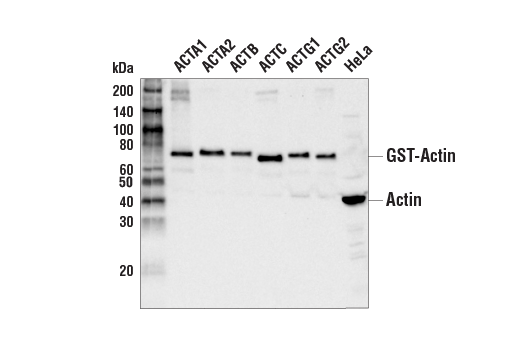

Note that acrylamide is a potent cumulative neurotoxin: always wear gloves when handling it. Use the table below to choose an appropriate gel percentage based on protein size. The smaller the size of your protein of interest, the higher the percentage of acrylamide you need, and vice versa. The percentage of acrylamide in your gel will determine the rate of migration and the degree of separation between proteins. Here we’ll recap the essentials of the PAGE gel preparation from the video. In the video below, we’ll explain how SDS-PAGE works, cover the basics of PAGE gel preparation, and go through buffer conditions for non-reduced and/or denatured electrophoresis. Here we’ll focus on one-dimensional separation. Two-dimensional electrophoresis is used for fingerprinting and allows us to accurately resolve all proteins present in a cell. One-dimensional electrophoresis is used for most routine protein and nucleic acid separations. In the first step, the proteins are separated by size using an electrophoresis method SDS-PAGE (sodium dodecyl sulfate–polyacrylamide gel electrophoresis).Įlectrophoresis can be one (with one plane of separation) or two dimensional.
Actin western blot size full#
In Part 2 of our series on western blot, we go through the key steps of western blot, such as electrophoresis, protein transfer and visualization, and membrane stripping for restaining, before introducing you to the full protocol.Īs discussed in Part 1, western blot uses specific antibodies to identify your proteins of interest. We’ll guide you through western blot basics and essential protocols before moving on to optimization, troubleshooting, and more advanced techniques. Welcome to our training series on western blot.


 0 kommentar(er)
0 kommentar(er)
